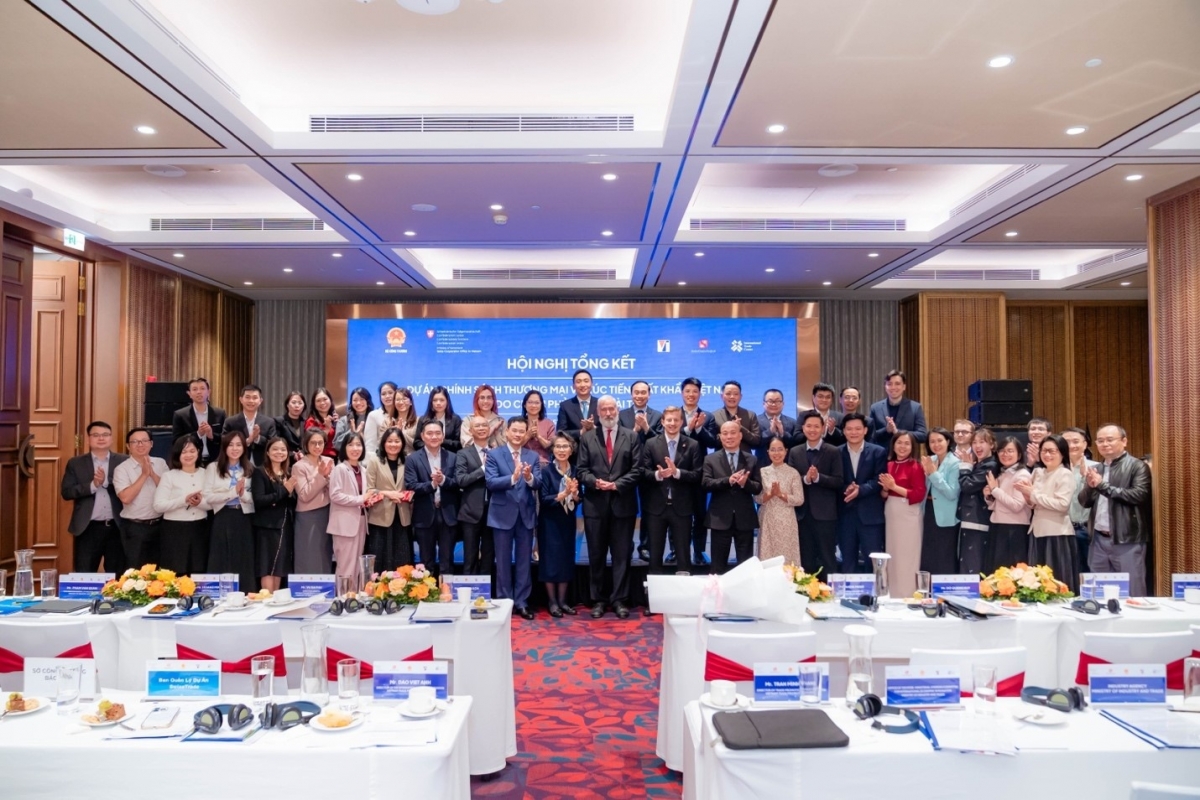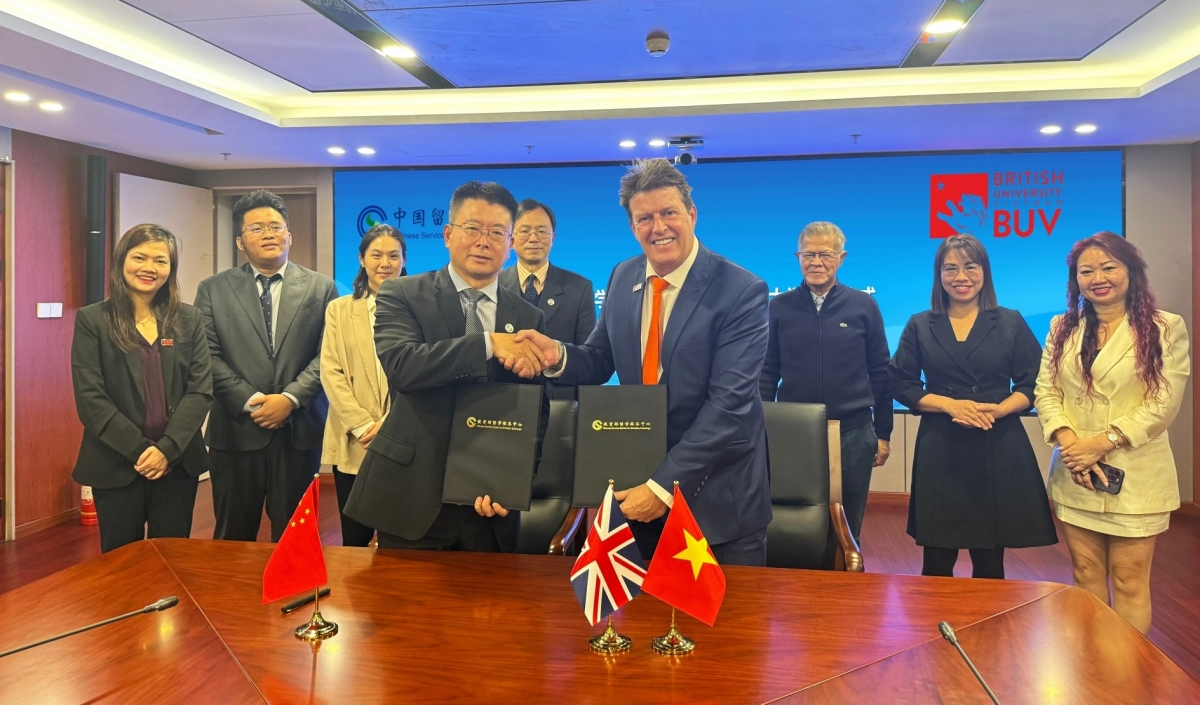INTERNATIONAL INVESTMENT
AND PORTAL
 RCEP facilitates ease of entry for financial service providers
RCEP facilitates ease of entry for financial service providers
The agreement, which began on January 1, is to play a significant role in driving regional economic growth over the next several decades. In terms of some major arenas in the financial landscape, Clarence Wong, chief economist at Hong Kong-based reinsurance specialist PeakRe, believed that insurance demand will profit both directly via incoming foreign investment, and indirectly through income growth and increased asset ownership.
This will be the most significant advantage for insurance companies from the RCEP, Wong estimates. The trade bloc could provide $186 billion to global revenues in 2030, while the insurance premiums in member states might be $9.6 billion more in 2030 than they would be otherwise.
In order to reap the benefits of these opportunities, financial services and technology providers will need to develop a more comprehensive ecosystem that will allow them to offer a wide variety of goods and services to customers across borders without encountering excessive regulatory restrictions, Wong added.
According to consultancy EY Vietnam, as the RCEP removes obstacles, three important areas of potential are anticipated to emerge in the form of fintech, small- and medium-sized enterprises (SMEs) financing, and cashless payments.
Due to the trade agreement’s provisions providing market access to cross-border businesses as well as fair treatment of both local and international suppliers, RCEP members anticipated the rise of a new generation of innovative and regional-level fintech enterprises.
“The agreement mandates that member countries fully open at least 65 per cent of the services sector and ensure transparency of regulations. Such changes will allow for cost savings in technical and regulatory processes and facilitate easier cross-border market entry and expansion for fintech players in the region,” EY Vietnam noted. “With the RCEP presenting a better-connected regulatory landscape, this 2.2 billion population market will be too big ignore for any serious players in payments, lending, and insurtech.”
On the other hand, as SMEs and micro-enterprises play a crucial role in Vietnam’s economy, they are envisaged to reap fruits from more buoyant trade activities thanks to the agreement. However, access to finance remains a significant barrier to growth, with the financing gap accounting for 12 per cent of the country’s GDP. According to a World Bank assessment on the effect of the ongoing pandemic on Vietnamese enterprises, the lack of access to credit has been worsened as liquidity has remained an issue in the face of a sustained decline in demand.
The ultimate trump card for Vietnam’s advantages stemming from the RCEP is its highly competitive export economy, which will benefit from being even more deeply integrated into regional value chains. As such, both foreign and Vietnamese banks are rolling out a wide range of export-linked services to empower businesses to gain more control over exports, improve cash flow, and manage risks associated with international trade more effectively using their export finance facilities.
Top lenders including HSBC Vietnam, Standard Chartered Vietnam, UOB, MB, Vietcombank, Techcombank, and many more have also jumped on the bandwagon using top-notch technology. UOB Vietnam, for example, is providing comprehensive trade solutions for exporters and importers with preferential fees and charges so they can minimise their risks along the way.
MB, meanwhile, has adopted blockchain over the traditional letter/credit (L/C) execution so all parties involved in the transaction can access its status in real-time. Besides this, blockchain-enabled transactions safeguard corporations from various frauds in international trade – a critical change in the implementation of L/C, the most important payment service in trade finance.
According to Vietnam’s strategy for cashless payment development, by 2025 the value of non-cash payments is anticipated to be 25 times greater than the value of GDP, and the proportion of payment methods in e-commerce is expected to make up for 50 per cent of total sales. The average annual growth rate in terms of quantity and quality of cashless payment transactions will be 20-25 per cent.
In terms of gross merchandise value, Vietnam’s digital economy is projected to reach $220 billion by 2030, bringing the nation into second place only to Indonesia in Southeast Asia, according to a Google, Temasek, and Bain & Co report.
The country’s vast potential in its digitally-led economy, coupled with a fresh influx of e-commerce activity, should open up new digital payment options for lifestyle banking, fintech, and super-apps alike, EY Vietnam elaborated.



















